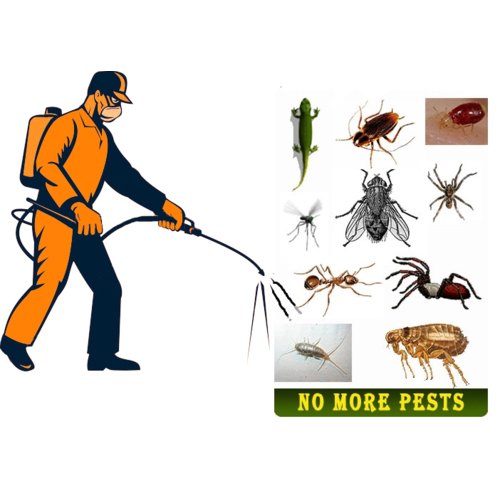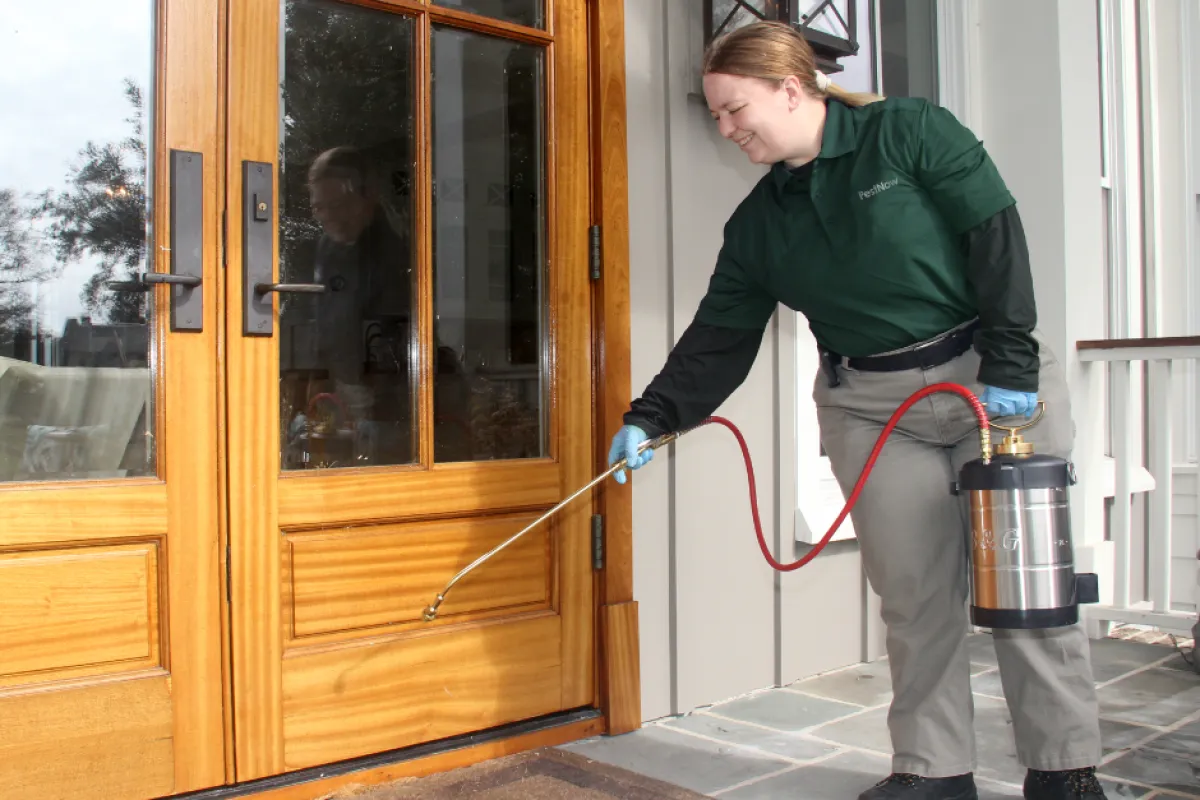Dependable Solutions for Rodents and Bugs from Pest Control Lockhart
Discovering Invasion and Treatment Approaches worldwide of Bug Control
The landscape of bug control encompasses a myriad of obstacles, especially as infestations of typical home parasites continue to evolve. Recognizing the habits and reproductive patterns of these hassles is vital for developing reliable treatment methods. By incorporating safety nets with sophisticated management methods, such as Integrated Parasite Administration (IPM), home owners can better guard their atmospheres. The effectiveness of these approaches might vary substantially based on specific situations. What hidden variables add to the success or failing of these strategies in different setups?

Common House Pests
When it concerns handling our living rooms, recognizing typical house pests is important. These pests not just disrupt our comfort yet can likewise present wellness dangers and damages building. The most widespread household parasites include ants, cockroaches, rodents, termites, and bed bugs.
Ants, commonly seen foraging in kitchen areas, can pollute food and establish huge swarms. Rats, including computer mice and rats, can trigger architectural damage and carry illness like hantavirus and salmonella.
Acknowledging the indicators of these pests, such as droppings, nests, or attack marks, is important for early treatment (Pest Control Lockhart). Appropriate cleanliness practices, sealing entrance points, and maintaining a clutter-free environment are efficient preventative actions. By identifying these usual household insects and recognizing their behaviors, property owners can take proactive steps to reduce invasions, ensuring a much healthier living environment
Recognizing Parasite Infestations
Insect problems can rise rapidly, turning a small nuisance right into a substantial trouble if not dealt with quickly. Typical elements contributing to problems include inadequate sanitation, architectural susceptabilities, and seasonal modifications that drive parasites inside.
Recognizing the kind of insect is vital, as various varieties display diverse behaviors and reproductive prices. For instance, rodents may establish nests in hidden locations while pests like roaches grow in wet atmospheres. Early detection typically rests on acknowledging indications such as droppings, nibble marks, or uncommon sounds, which can indicate a problem before it ends up being extreme.
Warm, moist climates can promote the rapid development of pest populaces, while changes in landscape design or building can accidentally produce favorable environments. An informed approach to understanding these characteristics lays the foundation for efficient insect monitoring approaches in the future.
Treatment Approaches and Methods
Effective therapy approaches and strategies are essential for reducing insect problems and recovering a risk-free setting. A complex approach is often best, including chemical, organic, and mechanical strategies tailored to the particular insect and the seriousness of the invasion.
Chemical therapies include using pesticides and herbicides, which can effectively eliminate pests. Appropriate application and adherence to safety and security standards are vital to minimize threats to human beings and non-target microorganisms. Integrated Pest Monitoring (IPM) urges the wise use chemicals as a last option, counting rather on tracking and threshold levels to establish intervention requirements.
Organic control approaches entail introducing natural killers or parasites to decrease bug populations. This approach is significantly preferred, particularly in agricultural setups, as it promotes ecological sustainability.
Mechanical methods, such as traps and barriers, provide prompt relief from bugs without presenting chemicals. Alternatives consist of sticky catches for insects or physical obstacles for rodents.
Eventually, the selection of therapy technique need to think about the certain parasite, the setting, and prospective effect on human wellness and environments. A well balanced mix of these approaches can efficiently handle invasions while promoting long-term bug control services.
Safety Nets for Homes
Proactively addressing pest problems before they intensify is crucial for keeping a healthy home atmosphere (Pest Control Lockhart). Executing effective preventative steps can considerably minimize the probability of problems, inevitably safeguarding both your residential property and well-being

Appropriate landscaping likewise plays a critical function in avoidance. Keeping bushes and trees trimmed away from your house lowers the opportunities of pests discovering their method inside. Ensure that drain systems are operating successfully to avoid standing water, which can Home Page attract in mosquitoes and other bugs.
Last but not least, regular inspections are suggested. Regularly looking for indications of parasite task enables very early intervention. By embracing these safety nets, property owners can develop an environment that is much less hospitable to bugs, therefore enhancing their general lifestyle and reducing the requirement for substantial pest control interventions.
Business Parasite Control Approaches
A detailed method to commercial parasite control is necessary for companies intending to maintain a risk-free Our site and sanitary environment. Efficient approaches include a combination of regular examinations, staff member training, and the application of Integrated Pest Administration (IPM) practices.
Routine examinations make it possible for early detection of parasite activity, permitting timely treatment. Businesses ought to develop a regular schedule for these analyses, concentrating on high-risk areas such as kitchens, storeroom, and garbage disposal websites. Staff member training is just as vital; personnel ought to be informed on the signs of pest problems and the value of reporting them immediately.
Implementing IPM methods aids minimize bug concerns sustainably. This includes habitat adjustment, such as sealing entry points and reducing mess, in addition to using natural deterrents prior to turning to chemical therapies.

Moreover, working together with a certified parasite control provider makes certain accessibility to expert understanding and sophisticated treatment choices. find out here now This collaboration can result in customized parasite control prepares customized to the particular demands of business, minimizing threats and improving overall efficiency. Inevitably, a proactive and educated approach promotes a pest-free setting, safeguarding both public health and wellness and service credibility.
Verdict
Finally, reliable parasite control necessitates a thorough understanding of common household bugs and their behaviors, coupled with targeted treatment techniques. Applying safety nets alongside therapy approaches such as Integrated Insect Monitoring and biological control enhances the capability to reduce invasions. Regular inspections and a combination of chemical and mechanical solutions better add to maintaining pest-free settings. Eventually, a well-shaped method to pest monitoring is crucial for protecting living areas from undesirable trespassers.